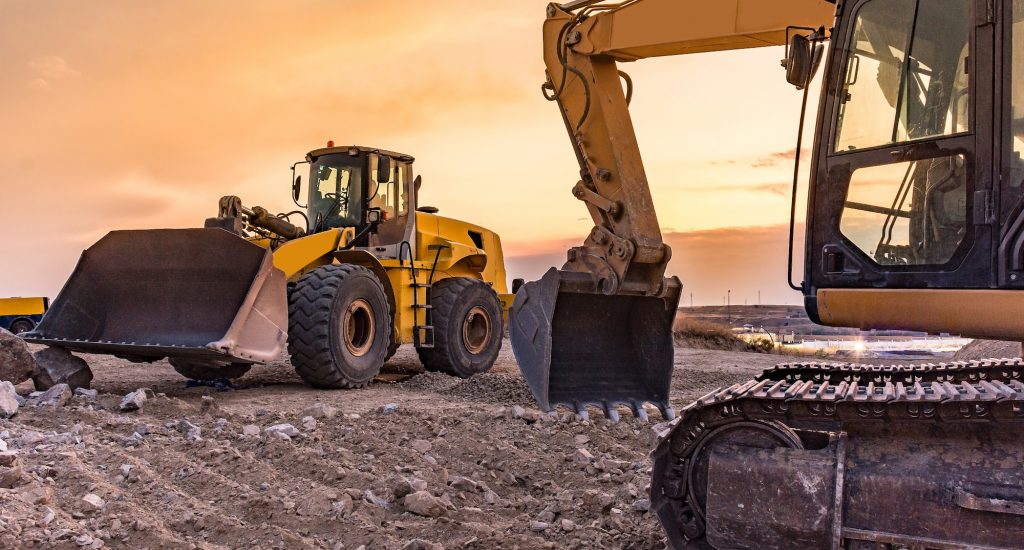The act of moving soil and other materials requires reliable hauling equipment in order for projects of any size to move forward without a hitch. No matter what your project entails, you can trust White Oak Trucking to take care of it all. With our hauling equipment, we’re able to transform landscapes and clear areas for future construction.
While the realm of hauling equipment is vast and varied, there are a few mainstays that make any excavation and hauling project as efficient as possible. Today, we’d like to highlight these crucial pieces of equipment, how they’ve evolved over the years, and how they take our projects to the next level. As always, trust White Oak Trucking for all your heavy hauling needs!
The Scientific Reason Behind While Hauling Matters
While not particularly a household name, French chemist Antoine Lavoisier holds the distinction of being one of the foremost chemists during the 18th century’s chemical revolution. Lavoisier’s discoveries and theories in the realms of chemistry and biology are still salient and prescient in our modern times. Not only did he discover oxygen’s role in combustion but he also recognized and named oxygen and hydrogen as well as predicting the existence of silicon.
While many may not know Lavoisier by name, almost everyone is familiar with his law of conservation of mass. According to Lavoisier’s law of conservation of mass, matter can neither be created nor destroyed. Like anything that has mass and takes up space, matter can change form through either physical or chemical changes but that does not mean the matter simply vanishes. In fact, matter is conserved and it still exists before and after the change.
The principle of conservation of mass plays an intricate role in the hauling process. If, let’s say, our universe’s scientific laws were slightly different and matter could be created or destroyed, then there’d probably be a method by which heavy rocks and piles of dirt could be zapped away, never to be seen again. Instead, we need to contend with matter as it is. It never vanishes or appears; it just simply exists in various different iterations. We can crumble boulders until they turn to dust but that dust still takes up space. This is where our fleet of heavy hauling equipment comes into play.
Excavators
The noble excavator, in all its yellow glory, is responsible for the digging of holes, demolition of buildings, and lifting heavy loads. Its design is simple, yet efficient. The excavator’s strong, jointed arm along with the digging bucket at the end gives operators a level of power to easily tear down buildings or dig up trenches in a fraction of the time.
In most construction projects, the excavator is the first step in the process. With an excavator, we can break ground and begin scooping away soil and heavy boulders. But where do the excavated soil and boulders go once they’re excavated? Often, the excavator will be used to create piles of dirt and rock. These piles are then transported by yet another important piece of hauling equipment: the loader.
Loaders
Loaders, as their name suggests, are used to load materials onto trucks for further transportation. The loader is somewhat similar to the excavator, although its design is more specialized for moving materials than digging holes. Loaders tend to have two booms (arms) which are used to lift a wider bucket. Once the excavator has completed its task of excavating soil and rocks, the loader comes in to clear the way by scooping up the material and transporting it to another location or to a truck bed. Before we get ahead of ourselves, however, let’s talk a little more about loaders.
Loaders may seem like superfluous additions to an excavation project. Can’t the excavator simply move the excavated refuse on its own? The answer is no. Not only would this make the entire process less efficient, but it’s also simply not what excavators are designed to do. Although loaders can be considered diminutive when seen next to an excavator, they can still move and load up to 3,000 pounds. The loader’s bucket is also much wider than that of an excavator, which means there will be fewer trips from the piles of rock and dirt to the hauling trucks.
Trucks
Trucks can easily represent the final step in the excavation and hauling process. Once the excavator digs up everything and the loader moves debris and material to the truck bed, it’s time for the truck to haul it all away.
Unlike excavators and loaders, trucks are made for the road. This allows trucks to easily transport materials on established roads. Our fleet includes dump trucks and hauling trucks. The purpose of dump trucks is to haul away materials like dirt, soil, and rocks. Hauling trucks, on the other hand, are used to transport fleets of equipment such as loaders.
There’s beautiful poetry to the importance of the truck. Every project begins and ends with the truck. Without them, then the process of transport fleets to the job site will be much more difficult. Since dump trucks have such large open-box beds, they can haul away up to 28,000 pounds of 14 tons! Since loaders can load up to 3,000 pounds, then that means they can load up a dump truck up to nine times before the bed is full. Just think of the efficiency!
The Best Hauling Services in Des Moines
The excavation and hauling process includes a wide variety of equipment. While this article only focuses on three pieces of equipment, that isn’t to say these are the only or most important types. They simply illustrate the different steps in the process. With that in mind, you can trust White Oak Trucking to take care of all your heavy hauling needs. Simply give us a call today to learn more about how we can help!
